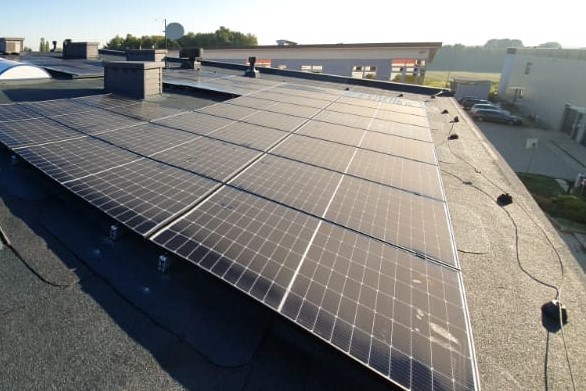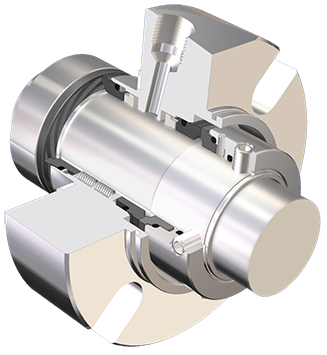ANGA’s carbon footprint

Back in 1999, ANGA decided to treat environmental protection as an important element of its strategy, implementing a certified environmental management system according to the ISO 14001 standard. Since then, ANGA has consistently implemented the goals of its sustainable development strategy, taking actions related to reducing our impact on the climate and the natural environment..
The most common measure of assessing the impact on the climate has become the carbon footprint. In 2023, we calculated ANGA’s carbon footprint, in accordance with the GHG Protocol standard, covering three ranges corresponding to the place of emission generation. Analyzing the results, the greatest impact on the size of the carbon footprint is had by:
- purchased raw materials and services,
- purchased electricity,
- waste generated as a result of operations.
ANGA’s plan assumes a 20% reduction of the carbon footprint in the entire value chain by 2030. To this end:
- we pursue a sustainable purchasing policy and establish cooperation with suppliers who care about the environment and strive to reduce their carbon footprint,
- we introduce energy metering and optimization, intelligent control,
- we invest in less energy-intensive machines and devices,
- we use electricity from a renewable energy source – from our own photovoltaic panels with a capacity of almost 48kW, and we intend to increase the capacity of the photovoltaic installation,
- we use our own biological sewage treatment plant,
- we modify the packaging of our products so that they are more environmentally friendly, made of recycled and recyclable materials,
Thanks to all these initiatives, in 2023 we reduced electricity consumption by 16% and gas consumption by 25%, compared to 2022.
That’s not all. The next step will be heat pumps, which we will install by 2030. We are working on the possibility of adapting the existing underground water tank used for fire protection purposes to a thermal energy accumulator as a heat source for the designed reversible heat pump. Thanks to this solution, the company will use even less natural gas, and consequently, CO2 emissions will be reduced even further.
By investing in environmentally friendly technologies, we use resources efficiently, minimizing waste and reducing the carbon footprint. In this way, we actively participate in the transformation towards a more ecological economy.





